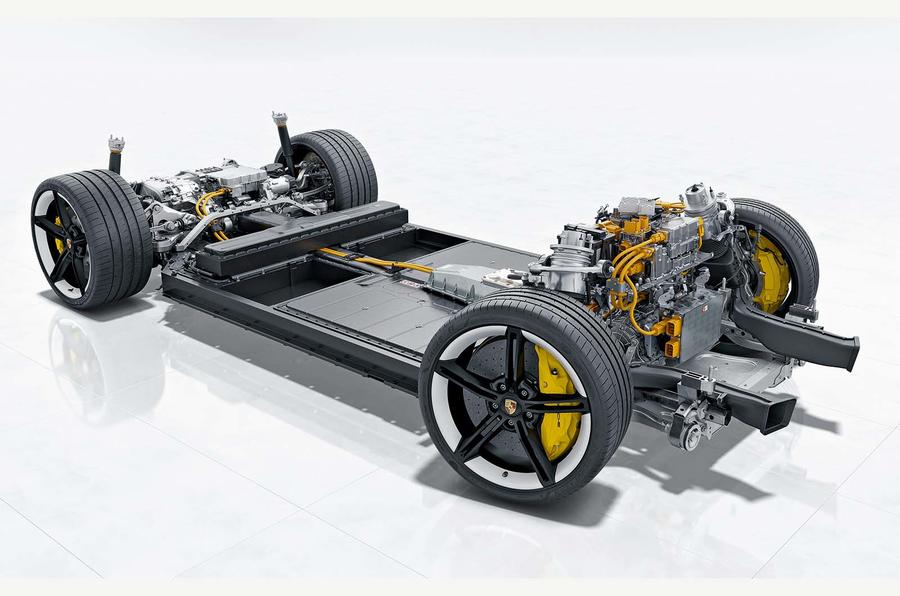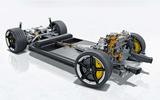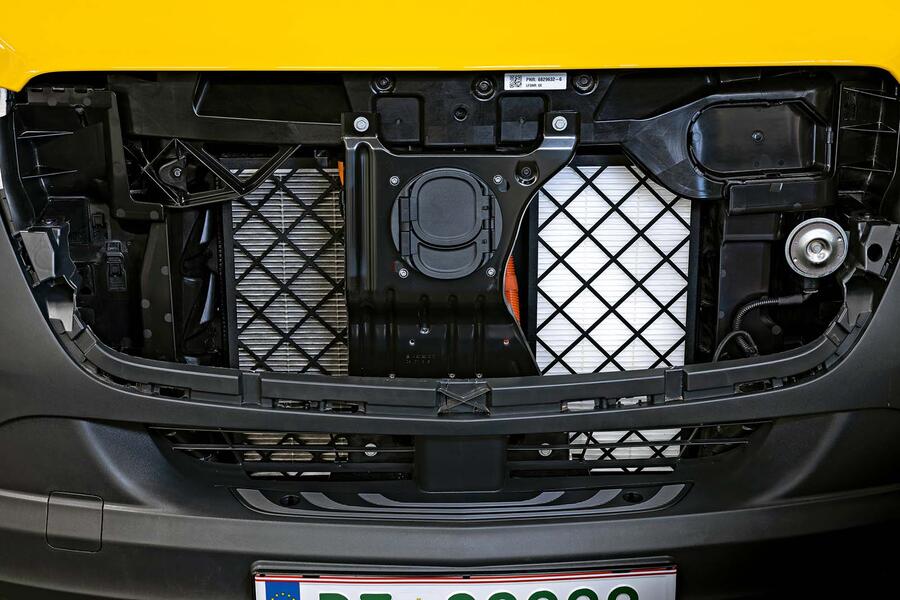Some phrases used in the automotive industry stick out more than others.
For instance, ‘virtuous circle’ is heartwarming not just because it’s positive – as opposed to ‘vicious circle’ – but also because it hints at the satisfaction of getting something for nothing.
Used in the context of efficiency (which is how engineers use it), this phrase suddenly became popular jargon, cropping up in conversation at about the same time as weight reduction was talked about more.
It goes like this: reducing weight reduces the amount of fuel consumed and therefore the amount of pollutants emitted. Less fuel then has to be carried, saving more weight and therefore saving more fuel. The brakes can then be smaller, because the kinetic energy in the car is reduced, and smaller brakes weigh less. And so it goes on.
With electrified powertrains, especially fully electric ones, recovering energy using regenerative braking may not be a virtuous circle in that sense, but it is virtuous and it is circular.
A well-executed regen system recovers significant amounts of energy when the vehicle is slowing, and in some EVs the amount is displayed in real time in the instrument display. It’s kinetic energy that the driver has paid for in real money and in a plain combustion-engined car would be discarded and lost forever.
For that reason, regen is a crucial part of an EV that owners might be unaware of – and for the maker, that’s both bad and good. Bad because it’s a selling point, good because the transition between friction and regen braking should be undetectable.
Regen is a thing of two parts. It happens all the time when the driver lifts. It slows the car, like engine braking, but claws back unused energy at the same time.
The second part is what happens when the driver hits the brake pedal. The friction and regen systems have to blend seamlessly, without the driver noticing the transition.
Porsche makes the point that using regen effectively means it isn’t necessary to fit larger friction brakes to cope with the weight of the battery. It's Porsche Taycan EV uses electric retardation in 90% of everyday driving. The friction brakes step in below 3mph, when the motor-generators can’t provide significant braking force, and when the driver brakes harder from higher speeds and the regen can’t provide enough stopping power.
The Porsche Taycan Turbo S can generate a whopping 290kW of electrical energy during braking. At that level, two seconds of braking can recover enough energy to drive for 700 metres (0.4 miles).









Join the debate
Add your comment
The physics of this conceptm is fine with me, what I want to know is what signal is the following car given that you going to brake for no apparent reason or that you as the driver ahead of you is going to regen brake, are we going to have a flashing light like F1 or are we just going to have to guess, perhaps should we get started right away and remove the brake lights from our current ICE cars in order to get used to not seeing when a car we are following is braking, braking is braking, it does not matter what the energy does after the brakes are applied, or is that aspect to be controlled by autonomous systems by the year 2525?
Solectria's conversions of ICE cars to EVs were doing this in the late 90's, with a very audible click of the brake-light relay everytime the driver's foot was lifted off the accelerator.
Regen brakes work with the rear lights just like a current car. Regardless of how much power you as the driver apply to the brake, the rear lights come on. What is not yet standardised is the 'one pedal' concept where easing off the accelerator causes some regen and means the car doesn't coast like a normal car. This is the danger for drivers behind.
Good article and any savings are worth having but it would have been interesting to show some typical real world overall mpg savings for regen braking, compared to friction brakes, which I had heard were quite modest at around 3-4%. Also, any savings will depend, to some extent, on individual driving ability ie. a good driver will avoid harsh acceleration, anticipate the road ahead and hardly use the brakes at all.
I think it's a myth that hard acceleration wastes energy, it's only a waste if it is followed by harsh and unnecessary braking - or if used to reach a higher speed than you intend to cruise at. Electric motors are extremely efficient so it takes roughly the same amount of energy to reach a given speed irrespective of whether you accelerate quickly or slowly. This is also true with petrol engines which actually work most efficiently at high load and the medium speeds at which their maximum torque is developed.
What really wastes energy/fuel is unnecessary braking when a driver fails to anticipate the need to slow. I drive a mild hybrid and when I need to slow down always brake early with minimal pressure so as to maximise what little energy recovery is possible. Hard braking would result in prioritising the conventional brakes achieving little or no energy recovery.
The good and the bad? I think you mean regenerative braking is good because it's a selling point and bad because of the difficulty in achieving a smooth transition beteween friction and electric braking.Also I think we need to consider the limitations of regenerative braking possible with rear wheel drive EVs where too much can lead to instability, so it has to be dialled down. With front or 4WD though, there can be considerable benefit.When you think about it conventional friction brakes, though effective, are an archaic primitive way of slowing a car down!